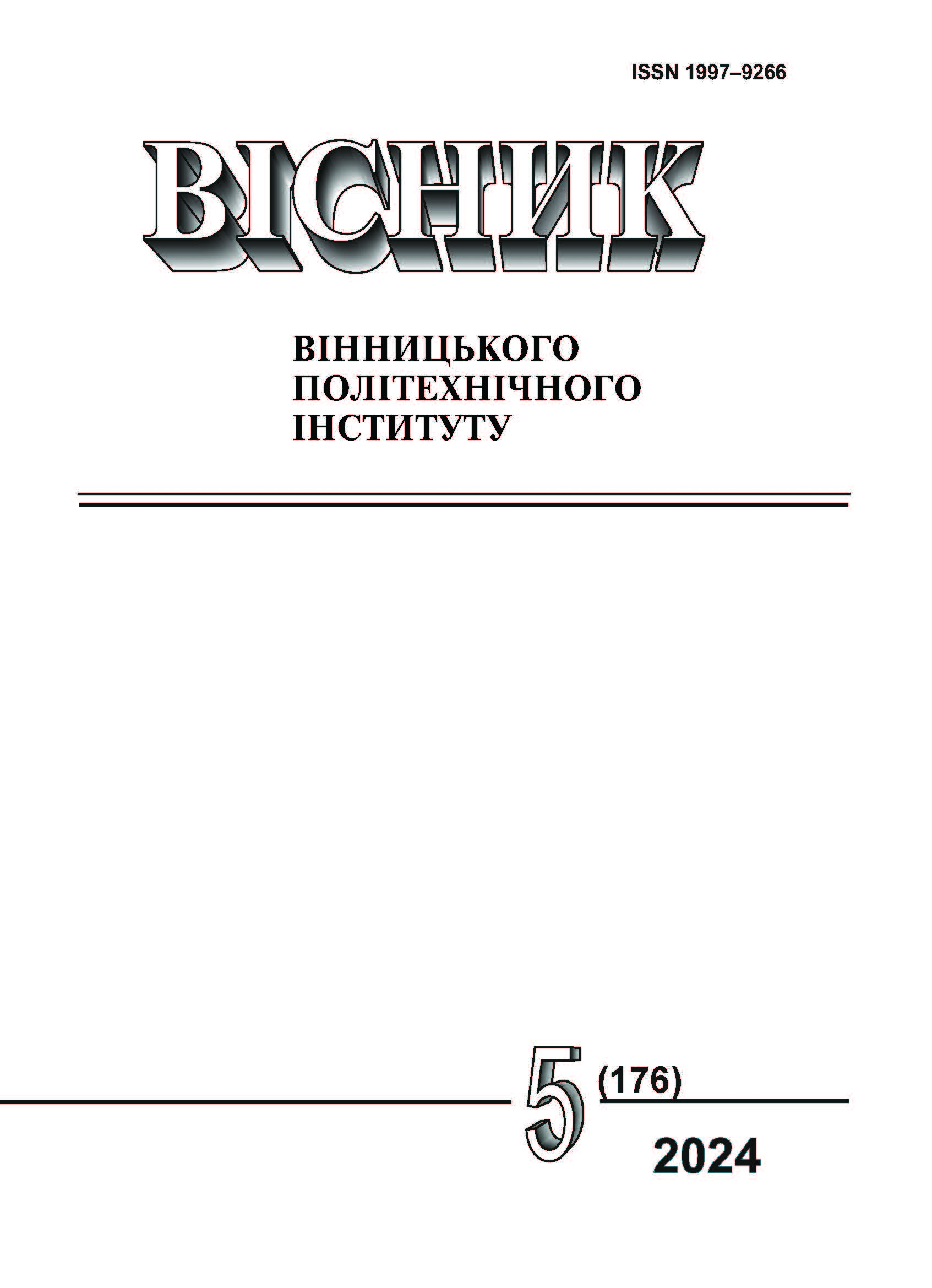СИСТЕМНИЙ ПІДХІД ДО ПРОЄКТУВАННЯ РОТОРНИХ ПОДРІБНЮВАЧІВ ДЕРЕВИННИХ МАТЕРІАЛІВ
DOI:
https://doi.org/10.31649/1997-9266-2024-176-5-92-101Ключові слова:
роторні подрібнювачі, деревинні матеріали, системний підхід, класифікація, проєктування, вмонтований гідропривідАнотація
Зазначено важливість розробки ефективних конструкцій подрібнювачів деревинних матеріалів, як засобу отримання альтернативних джерел енергії для промисловості та населення. Наведено вимоги до пристроїв, які застосовуються для вторинного подрібнення деревинних матеріалів, щодо розмірів та однорідності фракції подрібненого матеріалу.
Проведений аналіз відомих технічних рішень подрібнювачів дозволив виділити характерні ознаки цього об’єкта проєктування, що дало змогу провести їх систематизацію, користуючись методами системного аналізу. В результаті його виконання за конструктивними, технологічними, економічними та дизайнерськими параметрами виділено основні елементи параметричного простору у вигляді об’ємної матриці.
На етапі створення нової конструкції подрібнювача деревинних відходів аналізувались тільки конструктивні параметри, які є властивими для виконання таких робіт. Визначено етапи деталізації, що відображають підпорядкованість параметричного простору, за якими виконувалось дослідження. В результаті дослідження параметричного простору об’єкта, що вивчався, за такими етапами деталізації як: універсальність, механізація, тип, різновидність, структура, характеристика структури, режим роботи, — розроблена класифікація подрібнювачів, яка дозволяє правильно оцінити загальні тенденції в створенні подрібнювачів, визначити шляхи створення нових розробок і вдосконалення наявних, а також розробити алгоритм їхнього проектування.
За використання запропонованого системного підходу, який дозволив виконати цілеспрямований пошук нового технічного рішення з наперед заданими властивостями, розроблено нову конструкцію подрібнювача. Вона характеризується високими передатними числами і значною жорсткістю конструкції за менших габаритів передавального механізму, невеликими радіальними розмірами барабана, що забезпечується конструкцією зіставного опорного елемента, яка дозволяє улаштувати в середині гідромотор і передавальний механізм співвісно корпусу барабана. Ця конструкція подрібнювача дозволяє забезпечити якісні показники вторинного подрібнення деревинних матеріалів, з яких виготовляються пелети, з високою теплотворною здатністю.
Посилання
Кабінет міністрів України. (2017, серп. 18). Розпорядження № 605-р, Про схвалення Енергетичної стратегії України на період до 2035 року «Безпека, енергоефективність, конкурентоспроможність». [Електронний ресурс]. Режим доступу: https://www.kmu.gov.ua/npas/250250456 .
V. Hubka, and W. E. Eder, “Theory of Technical Systems: A Total Concept Theory for Engineering Design,” Springer Science & Business Media, 2012, 278 p.
Л. К. Поліщук, і О. О Адлер, «Системне проєктування мотор-барабанів транспортних пристроїв,» Наукові нотатки, вип. 18, с. 291-301, 2006.
D. F. Graveman, and S. B. Storm, “Hammer-type Shredder with Air Deflector,” US Patent Appl. 4720051 A: A61K 6/027, Jan. 19, 1988.
T. R. Gross, “Shredder with side discharge,” US Patent Appl. 9308533 B2, Apr. 12, 2016.
J. D. Bradley, E. N. Galloway, J. L. O`Halloran, and J. J. Humpal, “Wood chipper feed roller,” US Patent Appl. 8567706 B2, Oct. 29, 2013.
L. E. Koenig, “Dual Auger Shredder,” US Patent Appl. 4993649 A, Feb. 19, 1991.
P. Roessler, “Comminution Machine,” US Patent Appl. 7575186 В2, Aug. 18, 2009.
Л. К. Поліщук, В. П. Міськов, В. О. Кравчук, і Д. О. Продан, «Подрібнювач деревинних відходів,» Патент України В02С 17/00. № 140258 МПК(2020.01), 10.02.2020.
Л. К. Поліщук, Динаміка вмонтованого гідроприводу конвеєрів мобільних машин. Вінниця, Україна: ВНТУ, 2018.
Л. К. Поліщук, Р. М. Гулевич, О. О. Адлер, і В. О. Коробка, «Подрібнювач деревинних відходів,» Патент України В02С 17/00. № 156733 МПК(2024.01), 31.07.2024.
##submission.downloads##
-
pdf
Завантажень: 60
Опубліковано
Як цитувати
Номер
Розділ
Ліцензія

Ця робота ліцензується відповідно до Creative Commons Attribution 4.0 International License.
Автори, які публікуються у цьому журналі, згодні з такими умовами:
- Автори зберігають авторське право і надають журналу право першої публікації.
- Автори можуть укладати окремі, додаткові договірні угоди з неексклюзивного поширення опублікованої журналом версії статті (наприклад, розмістити її в інститутському репозиторії або опублікувати її в книзі), з визнанням її первісної публікації в цьому журналі.
- Авторам дозволяється і рекомендується розміщувати їхню роботу в Інтернеті (наприклад, в інституційних сховищах або на їхньому сайті) до і під час процесу подачі, оскільки це сприяє продуктивним обмінам, а також швидшому і ширшому цитуванню опублікованих робіт (див. вплив відкритого доступу).





